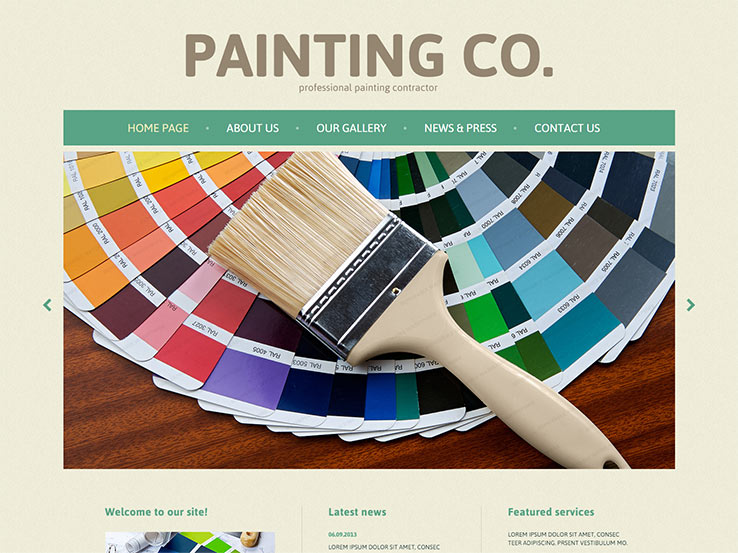Crucial Seasonal Aspects Of Commercial Outside Painting: What You Need To Recognize
Crucial Seasonal Aspects Of Commercial Outside Painting: What You Need To Recognize
Blog Article
Content Writer-Doherty Skafte
When you're intending a commercial external painting job, seasonal elements can make or break your outcomes. You'll want to think about exactly how temperature level and humidity impact paint application and drying times. Picking the ideal period can guarantee your paint sticks appropriately and lasts much longer. However which seasons are absolutely the best for this type of job? Allow's discover the crucial elements that can impact your project's success.
The Influence of Temperature Level on Paint Application
When you're planning a commercial outside paint job, the temperature level can significantly impact how well the paint adheres and dries.
Ideally, you intend to paint when temperatures range in between 50 ° F and 85 ° F. If it's also chilly, the paint might not heal appropriately, leading to issues like peeling or cracking.
On the flip side, if it's too hot, the paint can dry also rapidly, preventing correct attachment and causing an irregular finish.
You must likewise think about the moment of day; early morning or late afternoon supplies cooler temperature levels, which can be a lot more beneficial.
Always check online exterior house color tool for the details paint you're making use of, as they frequently offer assistance on the optimal temperature range for optimum results.
Humidity and Its Result on Drying Times
Temperature level isn't the only environmental aspect that influences your commercial exterior paint job; humidity plays a significant duty too. High moisture levels can slow down drying times dramatically, influencing the total top quality of your paint job.
When the air is filled with moisture, the paint takes longer to cure, which can result in problems like inadequate adhesion and a higher risk of mold growth. If you're painting on a particularly humid day, be gotten ready for prolonged wait times in between layers.
It's crucial to keep an eye on regional weather conditions and plan as necessary. Preferably, go for humidity levels in between 40% and 70% for ideal drying.
Maintaining these consider mind guarantees your task stays on track and delivers an enduring surface.
Best Seasons for Commercial Exterior Painting Projects
What's the very best time of year for your commercial external paint projects?
Spring and very early fall are normally your best options. During these seasons, temperature levels are light, and moisture degrees are often lower, producing suitable problems for paint application and drying.
Prevent summertime's intense heat, which can cause paint to completely dry as well quickly, resulting in bad adhesion and coating. In a similar way, winter season's cold temperature levels can prevent appropriate drying and treating, running the risk of the longevity of your paint task.
https://www.dirt.com/gallery/more-dirt/real-estate-listings/painted-lady-house-san-francisco-1203561930/ for days with temperatures in between 50 ° F and 85 ° F for optimal outcomes. Bear in mind to inspect the local weather prediction for rainfall, as wet conditions can wreck your job.
Planning around these factors ensures your painting project runs smoothly and lasts much longer.
Conclusion
In conclusion, preparing your business exterior painting jobs around seasonal considerations can make a considerable difference in the result. By scheduling job during the optimal temperature levels and moisture levels, you'll make certain better bond and drying times. Bear in mind to keep an eye on regional weather prediction and choose the correct time of year-- spring and early autumn are your best choices. Taking these actions will help you accomplish a resilient and specialist coating that lasts.
